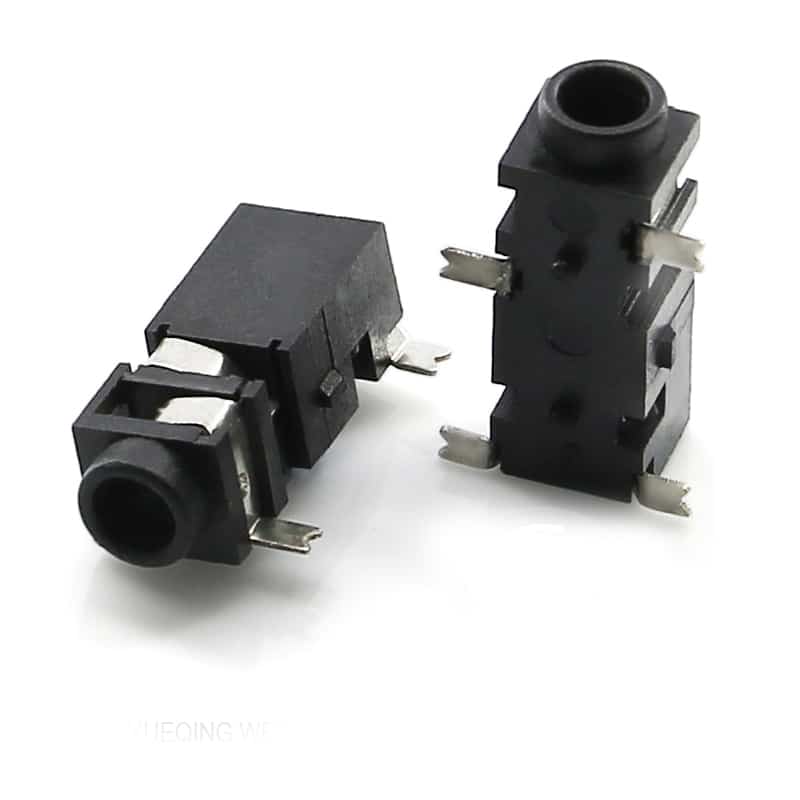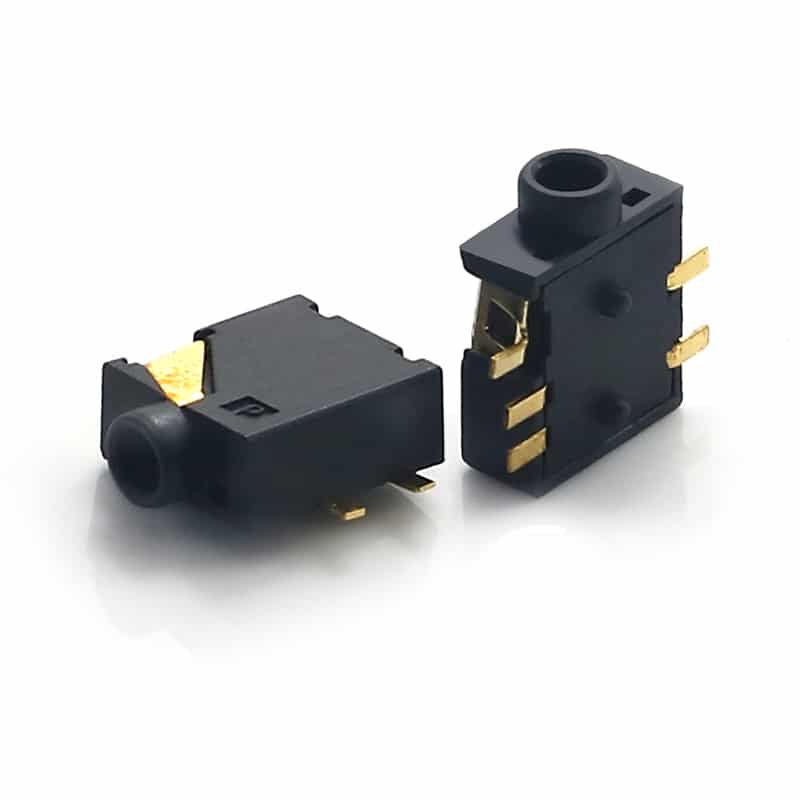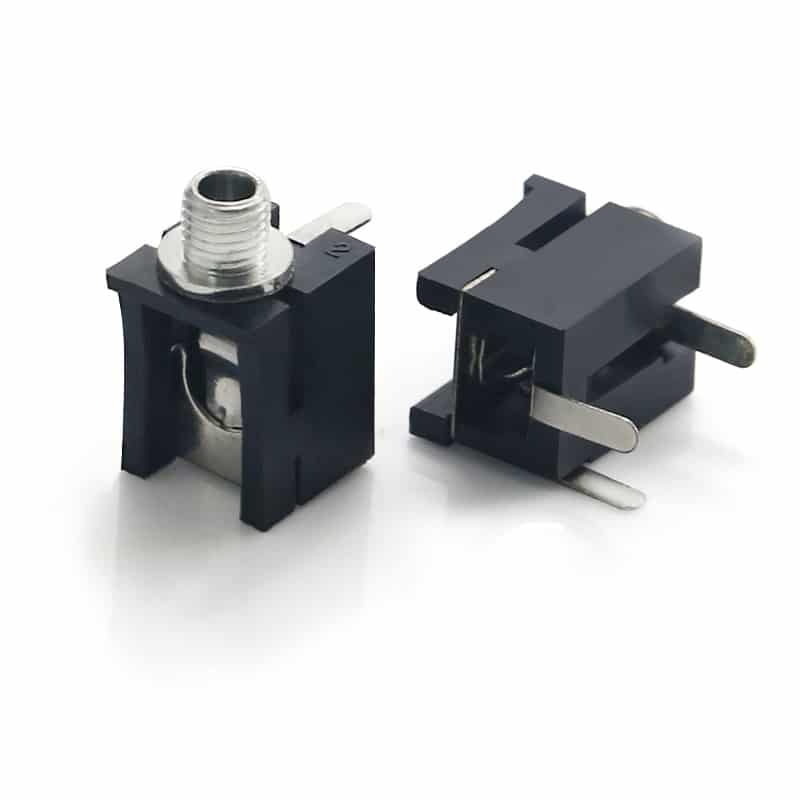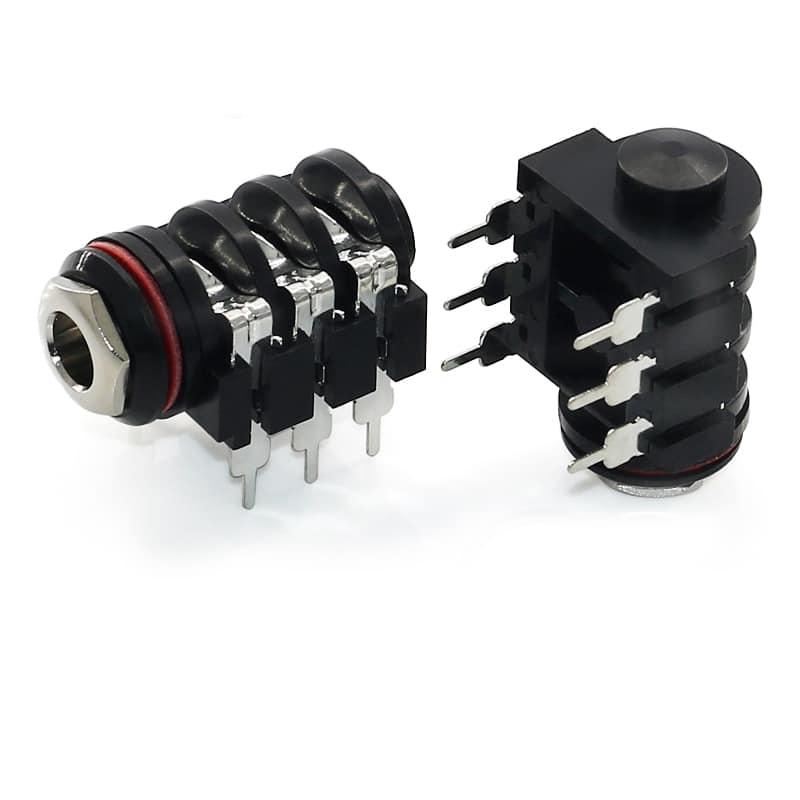
Phone Jack
An audio jack, also known as a headphone jack or aux jack, is a type of electrical connector used to transmit audio signals. The widespread adoption of audio jacks is due to their simplicity, affordability, and ability to transmit high-quality analog audio signals. The 3.5mm (1/8 inch) audio jack is the most common size, though other variants like the 6.35mm (1/4 inch) jack are also used in specific applications.
Features
Here are some features about phone jacks:
- History: The first telephone jack was invented in the late 1800s, shortly after the invention of the telephone itself. The modern RJ-11 jack was introduced in the 1970s.
- RJ-11 vs. RJ-14: While RJ-11 is the most common type of audio jack, there is also an RJ-14 variant, which has four conductors instead of two. RJ-14 jacks are often used for business phone systems.
- Modular design: Phone jacks are designed to be modular, making it easy to connect and disconnect devices without the need for tools.
- Wiring: A standard phone jack has two wires: the “tip” wire (red) and the “ring” wire (green). These wires carry the audio signal and power the phone.
- Compatibility: Phone headphone jack are widely compatible with various devices, including landline phones, modems, fax machines, and even some older computer systems.
- Obsolescence: With the rise of VoIP (Voice over Internet Protocol) technology and mobile phones, traditional phone jacks are becoming less common in modern homes and offices.
- Other uses: Phone jacks can be repurposed for other applications, such as connecting audio equipment or even building DIY electronics projects.
Applications

It is commonly found on a variety of electronic devices, and has several important applications:
Headphones and Earphones
External Speakers
Auxiliary Audio Input
Audio Interfaces
Diagnostics and Testing
Know More
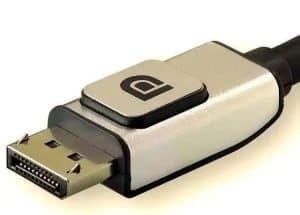
VESA Announces DP 2.0: The Dawn of the 8K Display Era
01 Background and Release Not long ago, VESA announced the introduction of the DisplayPort 2.0 (DP 2.0) specification, a milestone event marking an unprecedented leap forward for the DP standard. Compared to the previous DisplayPort 1.4, the new standard offers

